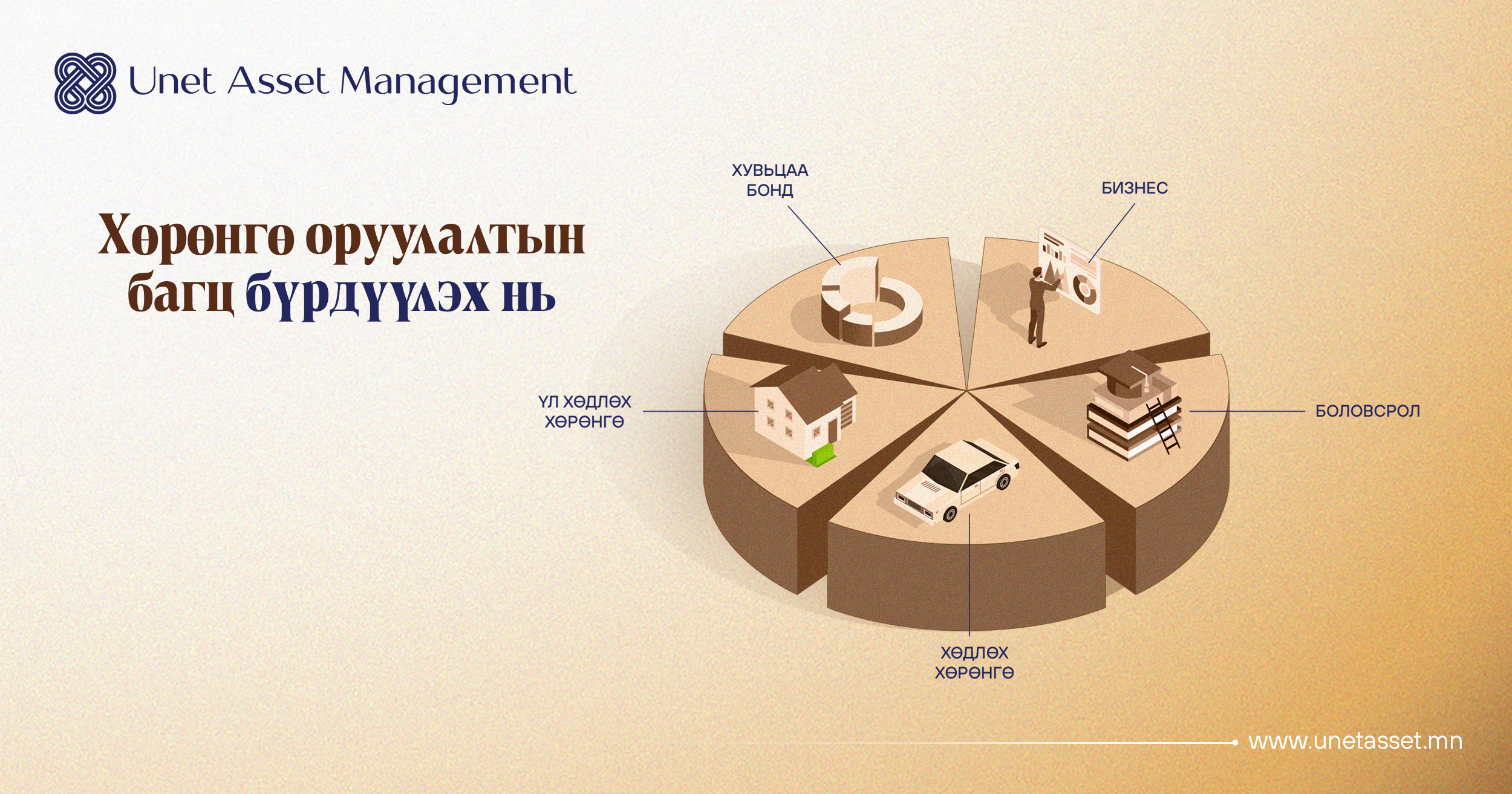
What Is Building an Investment Portfolio?
Building an investment portfolio is a strategy of diversifying investments to reduce risk and increase returns in the financial market. It plays a crucial role not only in growing your assets but also in creating a financially secure and stable future. This article introduces the importance, process, and key factors to consider when building an investment portfolio.
An investment portfolio is a collection of various investment instruments owned by an individual or an organization. These can include stocks, bonds, real estate, gold, or other financial assets. Portfolio construction is tailored according to the investor’s goals, risk tolerance, and financial capacity.
Risk Reduction:
By diversifying investments, you can minimize risks caused by market fluctuations. Relying on a single sector or asset increases risk, so spreading investments across various instruments is important.
Increasing Returns:
Diversified investments help maintain stable returns in the market, allowing losses from one asset to be offset by gains from others.
Achieving Financial Goals:
A portfolio enables you to implement strategies aimed at both short-term and long-term financial goals.
Define Your Goals:
What is your investment goal? Are you saving to buy a car or a house? Or maybe to pay for your child’s education or travel abroad? Your choices could include short-term profit, long-term asset growth, or building a retirement fund.
Determine Your Risk Tolerance:
Assess how much risk you can or are willing to take. Generally, the higher your risk tolerance, the higher potential returns.
Conduct Research:
Study the market conditions, potential returns, and risks associated with various investment instruments.
Allocate Your Assets:
Based on your research and your goals and risk tolerance, allocate your funds among different types of investments such as stocks, bonds, and real estate.
Monitor and Update:
Stay informed about the instruments in your portfolio and market developments. Regularly review your portfolio and make adjustments as needed to adapt to changing conditions.
The amount of capital you have to invest is a key factor in determining the size of your portfolio. Market indicators such as economic conditions, inflation, and interest rates also influence optimal investment decisions. Working with a professional investor or financial advisor can help you build an effective portfolio.